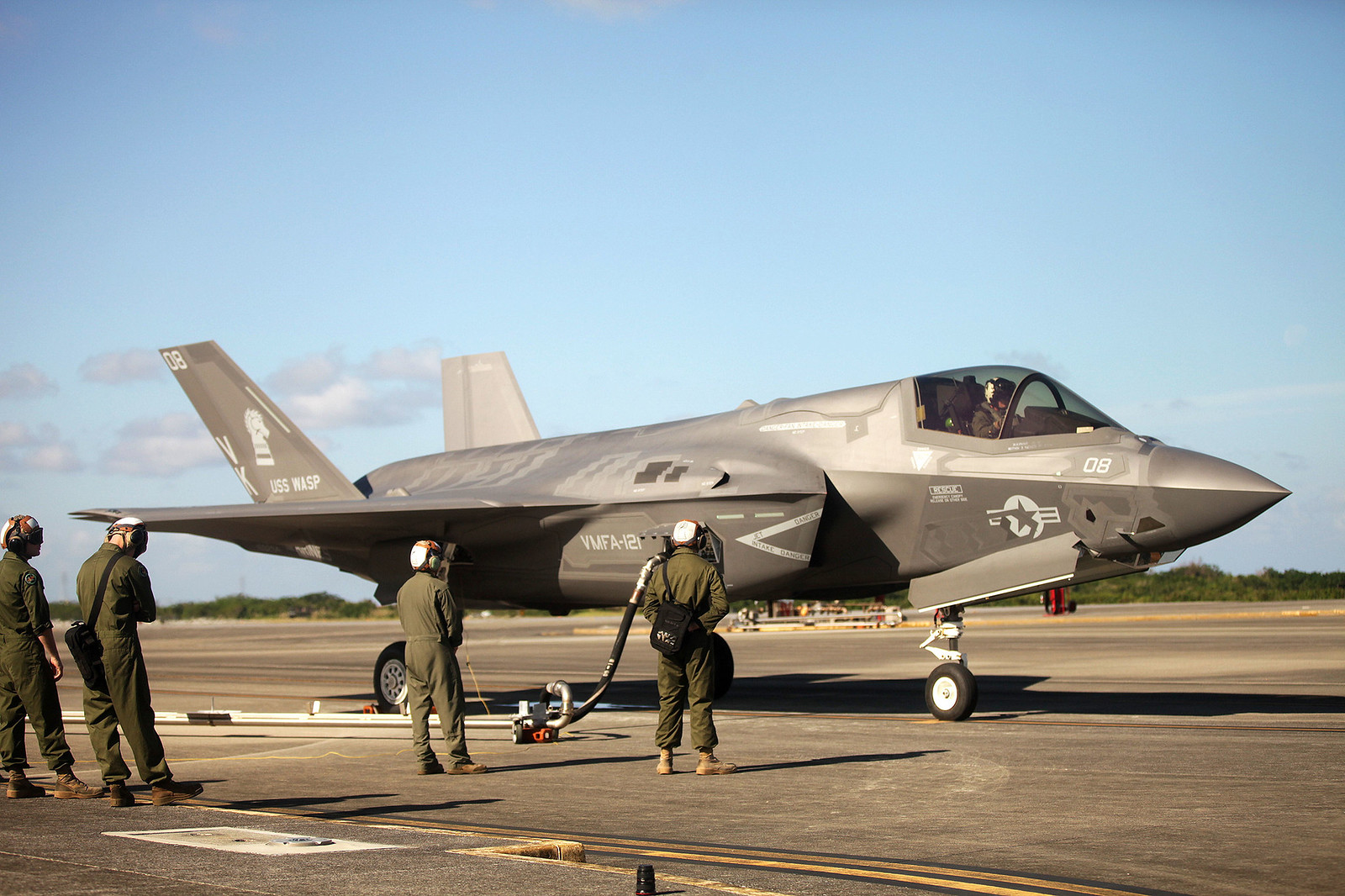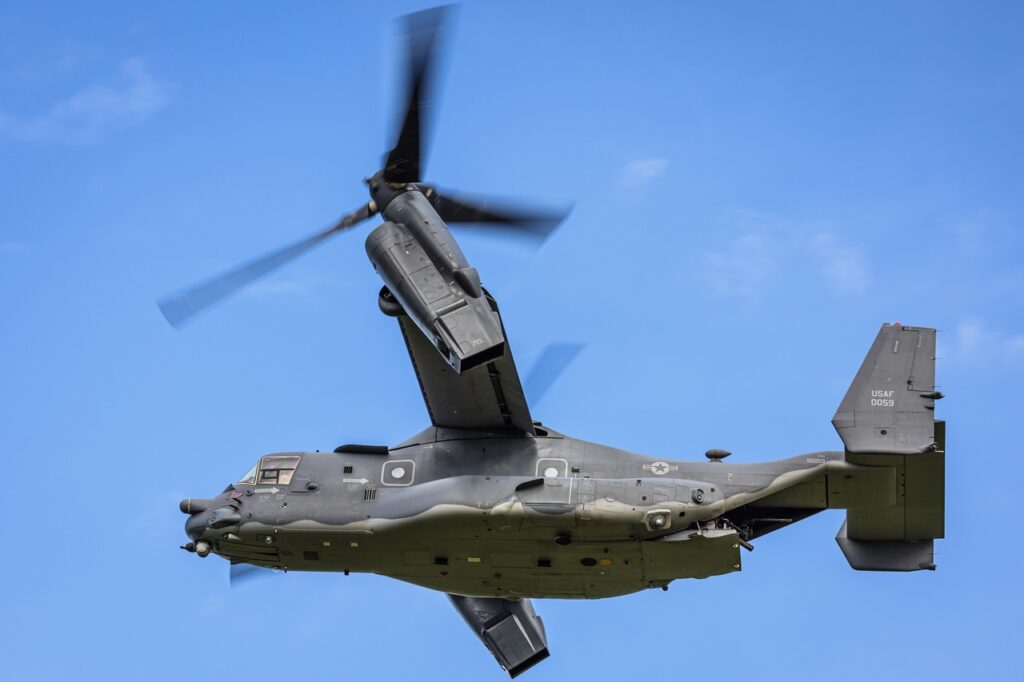
Japan’s New F-35s Are Training for a War with China
It is self-evident and well known that the U.S. and Japan want to be ready for war with China, for the specific purpose of keeping peace and stability in the pacific, a goal which was recently strengthened through joint U.S.-Japanese training operations in the region.
Japanese F-35s participated in joint combat exercises with a U.S. Navy Amphibious Ready Group led by the service’s USS America.
The USS America, a first in class new generation of Amphibious Assault Ships for the U.S. Navy, was conceived and specifically engineered to accommodate the F-35B Vertical-Take-off-and-Landing Marine Corp variant of the F-35. The U.S.-Japan combat preparation, therefore, means direct and datalinked secure connectivity between each countries’ F-35s.
“America is a fifth-generation amphibious assault platform, built from the keel up to optimize the most advanced capability of the fifth-generation F-35 platform. We are forward-deployed to integrate exactly these advanced capabilities with Japan,” Capt. Luke Frost, America’s commanding officer, said in a Navy statement quoted in SeaPower Magazine.
Japan Air Defense Command F-35s bring new dimensions to deterrence in the Indo-Pacific, particularly given the vast array of island and coastal areas. Japan is certainly well within the range of the South China Sea and also able to base it’s Conventional Take-Off and Landing F-35s at strategic locations of great significance throughout the region given the large sphere of U.S. and Japan-allied countries in the Indo-Pacific theater.
Given the well known and often discussed “tyranny of distance” in the Pacific, often referred to as a vast geographical expanse, larger numbers of F-35 aircraft could have a substantial tactical impact. This pertains to the prospect of bombing missions as well air-to-air attack, close air support and, perhaps of greatest significance, ISR. The F-35s drone-like sensor technologies and data-link connectivity between 5th and 4th-Gen aircraft can help cover seemingly unreachable amounts of ocean and island areas.
Since potential adversaries now have longer-range weapons, better sensors, targeting technologies and computers with faster processing speeds, amphibious forces approaching the shore may need to disperse in order to make it harder for enemy forces to target them. Therefore, the notion of an air-powered, disaggregated, yet interwoven attack force, less vulnerable to enemy fire, could be launched to hit “multiple landing points” to exploit enemy defenses.
High numbers of drones, surveillance planes, ships and even ground-based radar sensors can, if sufficiently networked, help engender a sweeping “kill web” across massively dispersed areas. Interestingly, even with increased U.S. – Japan interoperability and numerous surveillance assets, there still may be a demand for more ISR. The demand for ISR is considered truly insatiable, with no signs of slowing down.
Finally, U.S. amphib-F-35 connectivity with Japanese F-35s introduces new tactical advantages in any kind of possible military engagement with China. Initially, the presence of Japanese F-35s not only simply increases the size of the attacking force but also brings more stealthy, armed attack platforms able to operate in hostile or contested airspace above China. This could make Chinese air defenses more vulnerable and allow F-35s to help achieve air supremacy with long-range targeting sensors. It is also sensible to assume that both Japanese and U.S. F-35s have cataloged threat data information specific to Chinese aircraft in their respective mission data files library.
Dispersed approaches, using air-ground coordination and forward-positioned surveillance nodes, can increasingly use synchronized assault tactics, pinpointing advantageous areas of attack. Not only can this exploit enemy weakness, but it also brings the advantage of avoiding more condensed or closely-configured approaches far more vulnerable to long-range enemy sensors and weapons.
Kris Osborn is the defense editor for the National Interest. Osborn previously served at the Pentagon as a Highly Qualified Expert with the Office of the Assistant Secretary of the Army—Acquisition, Logistics & Technology. Osborn has also worked as an anchor and on-air military specialist at national TV networks. He has appeared as a guest military expert on Fox News, MSNBC, The Military Channel, and The History Channel. He also has a Masters Degree in Comparative Literature from Columbia University.
Image: MCAS FUTENMA, OKINAWA, Japan (Nov. 27, 2018) – An F-35B Lightning II jet refuels at Marine Corps Air Station (MCAS) Futenma, Okinawa, Japan. The F-35B landed, refueled and took off for the first time at MCAS Futenma. The F-35B belongs to Marine Fighter Attack Squadron 121, Marine Aircraft Group 12, 1st Marine Aircraft Wing. An F-35B landing at MCAS Futenma demonstrates the air warfighting capability, operational flexibility and tactical supremacy that this platform brings to the Indo-Pacific region, our allies and our partners. (U.S. Marine Corps photo by Staff Sgt. Laura Gauna) 181127-M-KO203-312


